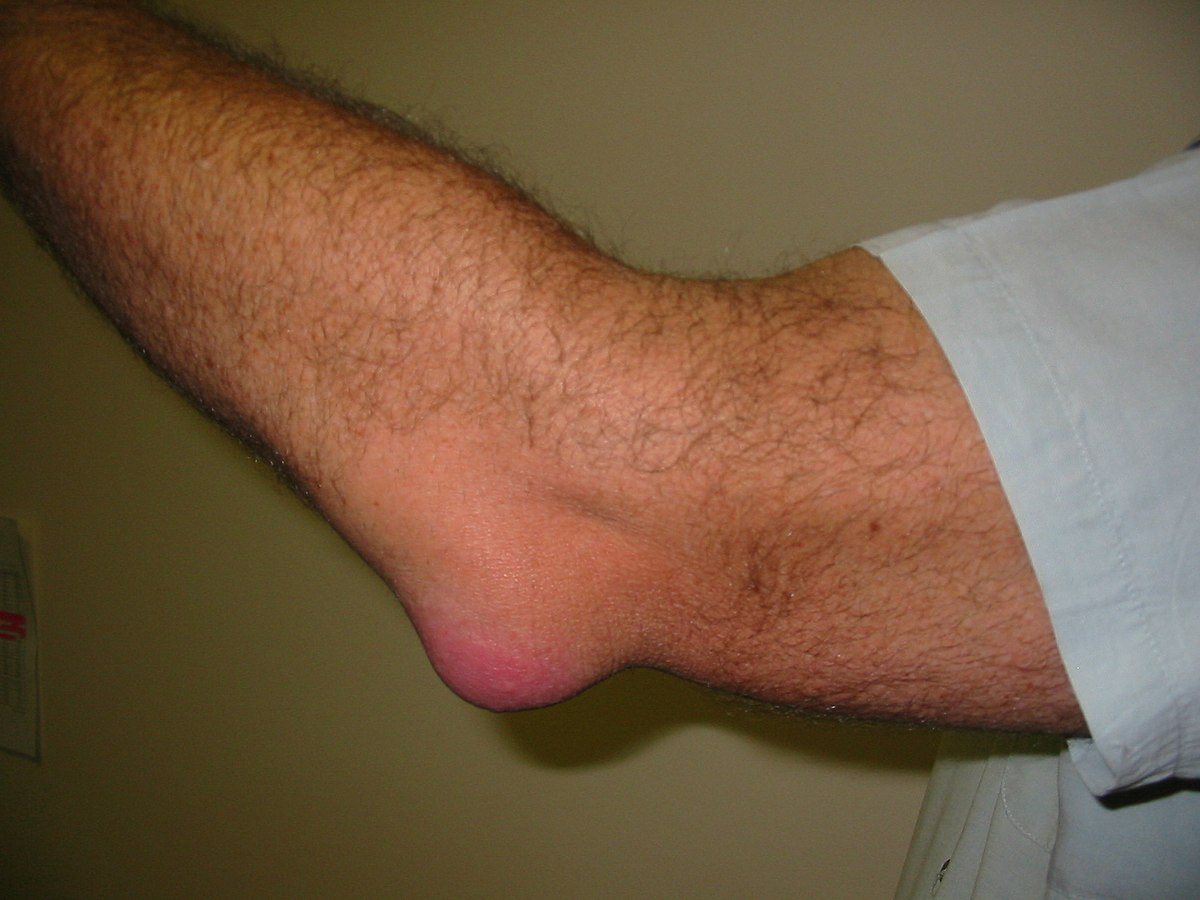Bursitis is a condition in which inflammation of bursae (small, fluid-filled sacs that cushion the bones, tendons and muscles near joints) occurs. The most common locations in body that get affected by bursitis are elbow, shoulder and hip. But it can also take place at heel, knee and base of the big toe. Bursitis is more common near the joints performing frequent repetitive movements.
The healthy bursae create a smooth, nearly frictionless functional gliding surface to allow painless normal body movements. Besides that, the inflammation of already inflamed bursa worsens with the movement of muscles and tendons, leading to stiffening of muscles. Read on here to know more about the symptoms, causes, diagnosis and treatment of bursitis.
Signs & Symptoms

The very common symptom of bursitis is pain. This pain may develop slowly or can be abrupt and severe, particularly in the presence of calcium deposits. The pain aggravates during and after activity, making the bursa and the surrounding joint stiff the next morning.
“Adhesive capsulitis” or frozen shoulder (severe loss of motion in shoulder) may also be a result of immobility and pain related to shoulder bursitis. In this condition, superficial bursae that includes the retrocalcaneal, subacromial, prepatellar, and pes anserinus bursae of the shoulder, knee, heel and shin becomes affected.
The symptoms vary greatly in bursitis:
-
Erythema
-
Localized warmth
-
Muscle stiffness
-
Disabling joint pain
-
Stinging pain surrounding the joint around the inflamed bursa
-
Feeling achy when joint is moved or pressed
-
Extreme redness, swelling, bruising or rash on the affected region
-
Fever
-
Sharp and severe pain during exercise
-
Sudden inability to move a joint
What Causes Bursitis?
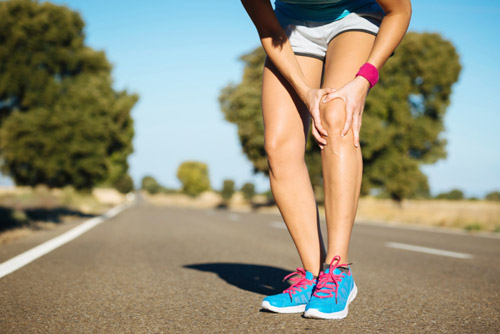
Bursitis is usually caused due to repeated, slight impact on the area or some sudden, serious injury or excessive pressure. As the tendons grow older, they are unable to tolerate stress, become less elastic and can easily become prone to wear and tear.
When a joint is overused or gets injured during playing or working, the risk of bursitis can be increased. The high-risk activities comprise of raking, carpentry, painting, playing golf, gardening, scrubbing, throwing, shoveling, skiing, pitching and tennis. A bad posture at work or home as well as poor stretching and conditioning before/after exercise can cause bursitis.
An unusual or badly placed joint or bone (such as the length differences in your legs or arthritis in joint) can bring more stress on bursae, thereby causing bursitis. The stress or inflammation due to other conditions like gout, thyroid disorders, systemic lupus erythematosus, scleroderma, rheumatoid arthritis, or uncommon medication reactions may also increase risk of bursitis in an individual. Moreover, an infection can sometimes lead to an inflamed bursa.
The various autoimmune disorders, infection, trauma, and iatrogenic (medicine related) factors lead to bursitis. The immune deficiencies such as HIV and diabetes can also cause bursitis. In rare cases, scoliosis can cause bursitis of the shoulders but shoulder bursitis is more commonly caused due to the overusing the shoulder joint and related muscles.
Traumatic injury is yet another cause of bursitis. The bursa inflammation causes pain as it does not fit in the original small area between the bone and the functionary muscle or tendon like earlier. When the pressure is increased upon the bursa, bursitis is caused. Sometimes, the cause of bursitis remains unknown. It can also be linked with several other chronic systemic diseases.
Different Types Of Bursitis
Here’s how the diagnosis of various types of bursitis is carried out.
-
Prepatellar bursitis ("housemaid's knee") is characterized by swelling in kneecap and is located between patella and skin.
-
Iliopsoas bursitis is characterized by pain between iliopsoas muscle and hip joint and it aggravates when hip joint is extended.
-
Achilles bursitis is a result of overuse and wearing of tight shoes.
-
Infrapatellar bursitis ("clergyman's knee") is characterized by swelling and pain just below the kneecap.
-
Olecranon bursitis ("student's elbow") is characterised by redness, pain and swelling in the tip of elbow.
-
Subacromial bursitis is the most common form of bursitis and is characterized by shoulder pain.
-
Trochanteric bursitis or Greater trochanteric pain syndrome (GTPS) is characterized by pain over a part of hip.
-
Ischial bursitis ("weaver's bottom") is a result of prolonged sitting over a hard surface.
-
Pes Anserine bursitis causes pain at the medial (inner) knee just below pes anserinus.
-
Retrocalcaneal bursitis is characterized by pain on the back of heel and swelling on medial or lateral side of tendon.
Diagnosis
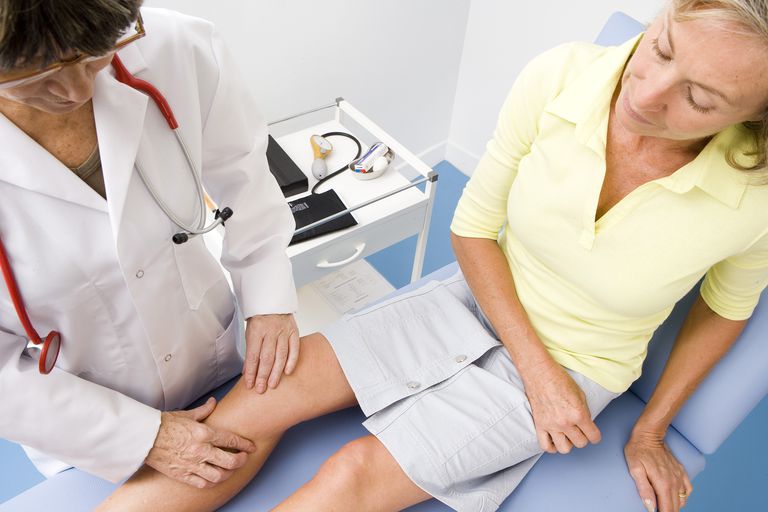
For the diagnosis of bursitis, doctors conduct medical history and physical examination. The tests might include:
-
Lab tests: Your doctor might ask you to get blood tests or may seek an analysis of fluid from the inflamed bursa to identify the cause of your joint inflammation and pain.
-
Imaging tests: X-ray images cannot give a thorough diagnosis of bursitis, but they can help in excluding other causes of your discomfort. Ultrasound or MRI might be required if a physical examination does not help in the diagnosis.
Preventions
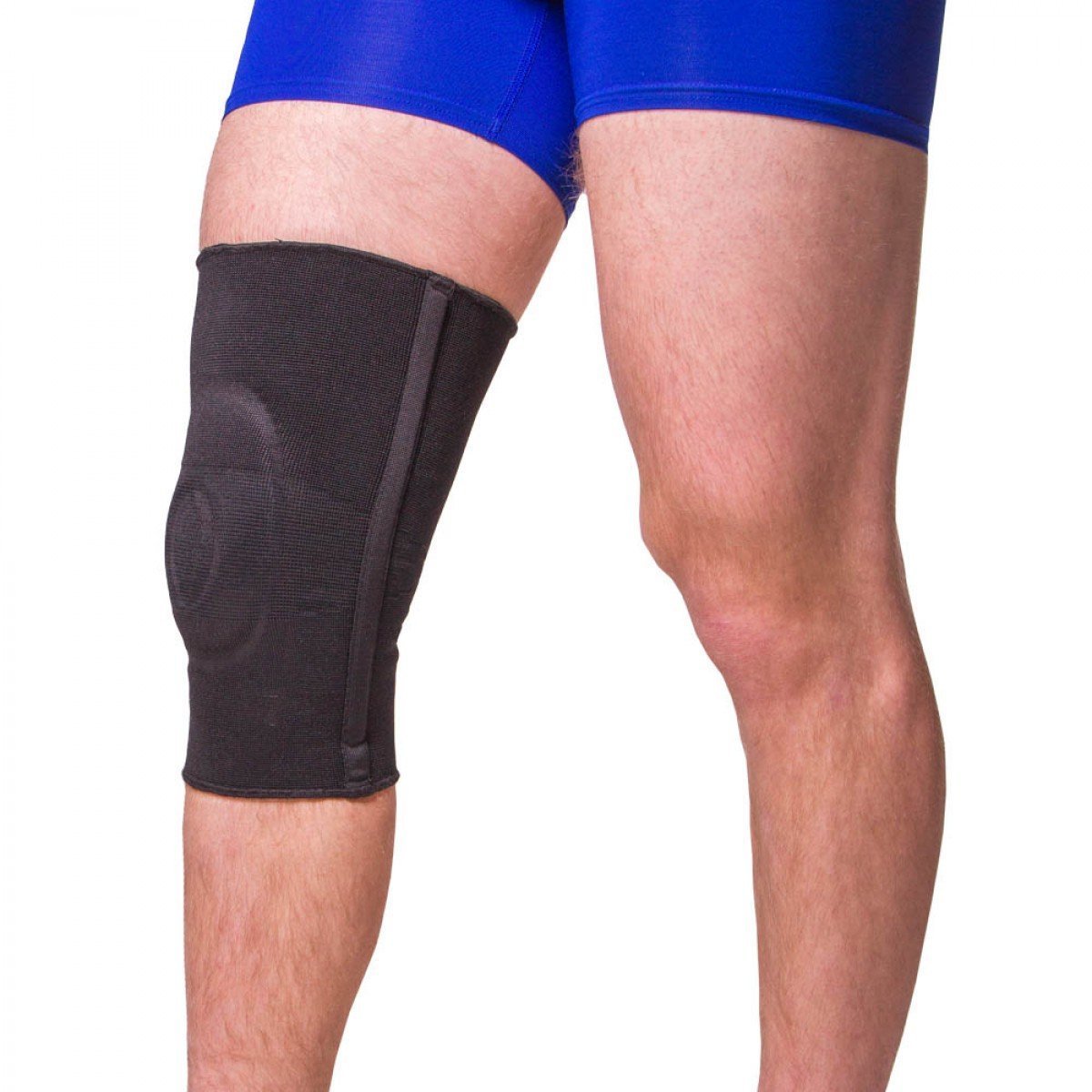
Even though not all types of bursitis are preventable, you can still reduce chances and severity of flare-ups by changing how you carry out certain tasks.
-
Bend your knees to lift properly and avoid bursae inflammation in hips.
-
Go for frequent breaks
-
Exercise to strengthen your muscles and protect the affected joint.
-
Maintain a healthy weight to avoid stress on joints
-
Warm up and stretch before high intensity activities to prevent injury of joints.
-
Use kneeling pads to reduce pressure on knees if your job or hobby requires too much kneeling.
-
Use a dolly or wheeled cart for carrying heavy loads to avoid stress on bursae in shoulders.
Treatment
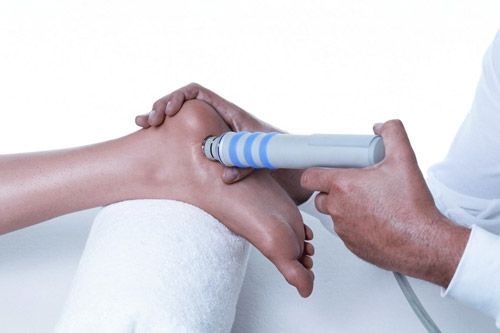
The treatment of bursitis usually involves relaxing the affected joint and protecting it from experiencing any more trauma. Traditional measures like ice, rest and pain relieving medicines ease the bursitis. And if they do not work, you may require:
-
Injections: When a corticosteroid drug is injected into the bursa, pain and inflammation in the shoulder and hip is relieved. This provides a quick relief.
-
Physical therapy or exercises help in strengthening the muscles in the affected area and ease pain.
-
Your doctor might prescribe you an antibiotic if you have a bursitis caused by infection.
-
Surgery can help in removal of the bursa, but in rare cases.
-
Assistive device on temporary basis can help in relieving pressure on the affected area.
Image Source:
1) yourhealthyjoints
2) yourhealthyjoints
3) wikimedia
4) tqn
5) amazon
6) jointsmedicine

